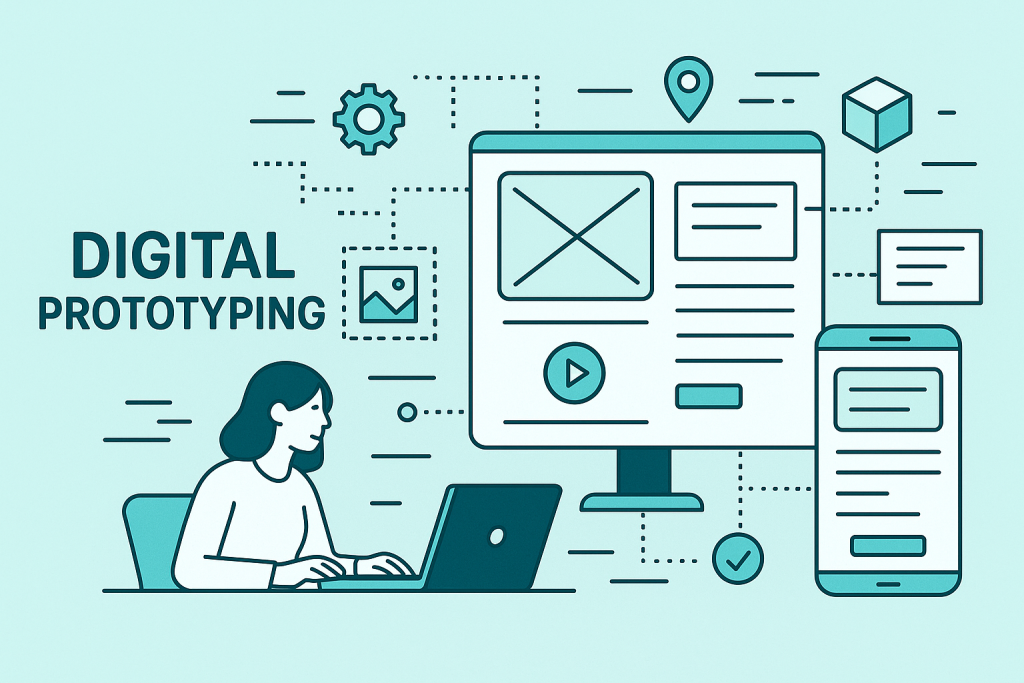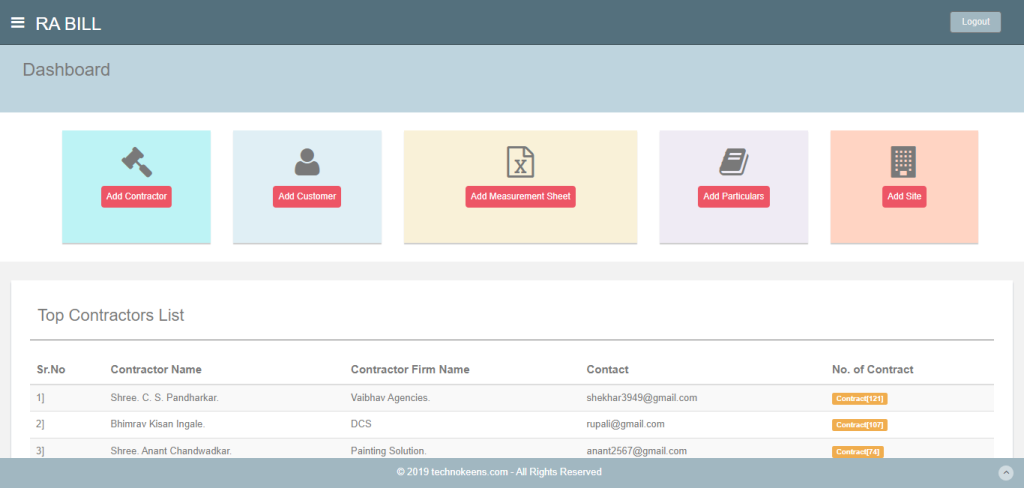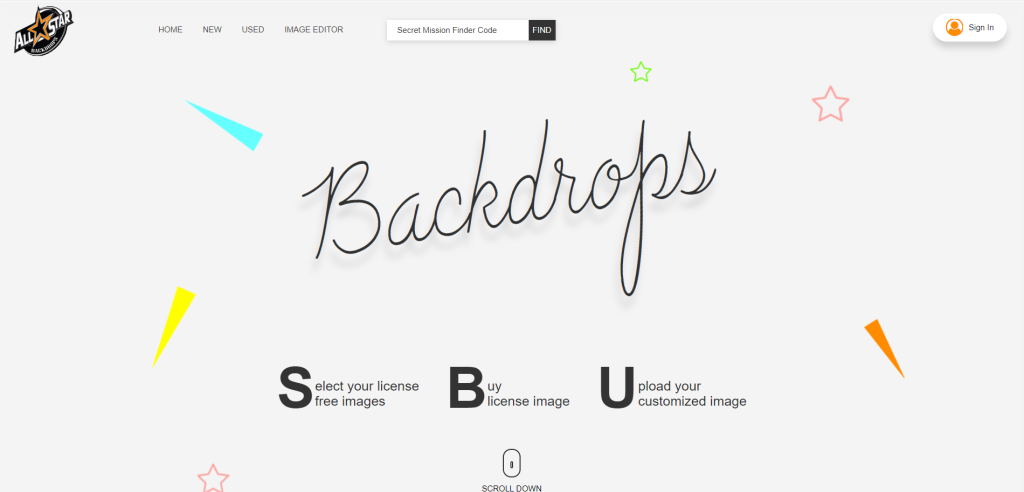Digital Prototyping
Bring Ideas to Life with Digital Prototyping That Works
Every successful digital product begins with a clear vision. At Technokeens IT Solutions Pvt. Ltd., we turn that vision into reality through digital prototyping a visual, interactive model of your platform. Whether it’s a mobile app, web interface, or enterprise solution, our prototypes let you explore functionality, user flow, and design before development starts. This process helps identify gaps early, reduce revisions later, and align stakeholders from the beginning. With digital prototyping, we help you build smarter, faster, and with confidence ensuring your product works before writing a single line of code.
Overview
Where Design Meets Functionality
So, what is digital prototyping? It’s the process of creating functional, testable versions of digital products that mimic real-world interactions. Our digital prototyping services help validate your ideas, align your team, and reduce risks long before writing a single line of code.
Our Expertise

Prototyping Tools and Technologies
- Wireframing and Interactive Prototyping Services – We start with structured wireframes and evolve into clickable, user-tested prototypes that reflect real user behavior and flows.
- UX and UI Integration – As a top-tier UI UX design agency India trusts, we build prototypes rooted in strong UX research and polished with intuitive, responsive UI.
- Web App Prototyping – Our strength lies in web app prototyping multi-screen flows, logic simulation, and feedback-driven iteration for high-performance digital platforms.
- Collaboration Across Teams – We bridge the gap between design and development. Designers, developers, and stakeholders collaborate to ensure each prototype is technically ready and user-validated.
- Digital Prototyping Software Expertise – Using industry-leading tools like Figma, Adobe XD, and InVision, we create high-fidelity mockups with working interactions, error states, and transition flows.
Get Your Website Audit Report Now!
Impact
Why It Matters
- Eliminate guesswork early and reduce development rework
- Impress investors and stakeholders with testable concepts
- Align product teams on goals, scope, and user journeys
- Accelerate development with ready-to-handoff prototypes
- Launch confidently with a validated, user-first product roadmap

Related Case Studies
Take a look at
these related case studies

Estimate Generator And Management Portal
Government employees, specifically junior engineers, are responsible for creating and managing estimates in an Excel sheet. This process involves using specific formulas for calculations. However, due to the large amount of data and records, searching, deleting, and updating records is a lengthy and time-consuming task.

Student Management System

House Owner Management System

Renovation System Pro
Introducing a comprehensive project management and financial solution for the renovation industry, designed to streamline resource management, predict uncertainties with AI-driven anomaly detection, and facilitate financing through credibility analysis and fintech collaboration, complemented by a simplified and transparent bidding platform for project and property owners

E-Painter

E-Commerce Grocery Store

Taxi Booking App

Investment Advisory Service

E-Tender

ASBD All Star Backdrop
Let’s Prototype Your Success
At Technokeens, digital prototyping isn’t just a phase – it’s a strategic advantage. Whether you need full-service digital prototyping services, interactive prototyping, or expert wireframing, we deliver more than design; we deliver clarity and confidence.
Let’s transform your ideas into digital experiences that work beautifully.
